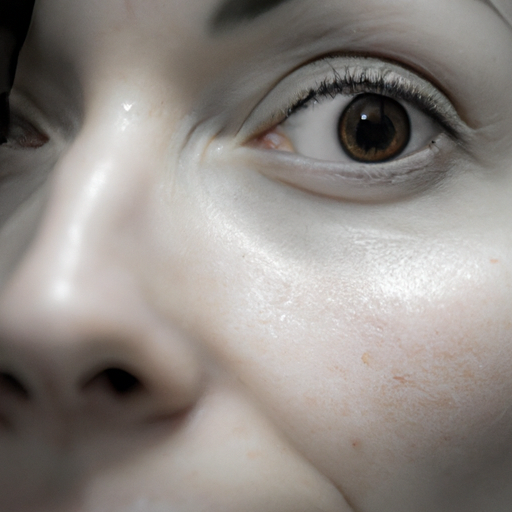As a dermatologist, I often get asked, “How often should I moisturize my skin?” The answer to this question is not as straightforward as one might think. The frequency of moisturizing your skin depends on various factors such as your skin type, the climate you live in, and your lifestyle. However, understanding the basic principles of skin hydration can help you unlock the secret schedule for moisturizing your skin.
Skin hydration is crucial for maintaining a healthy and youthful appearance. Moisturizers work by trapping water in your skin, which can help reduce the appearance of fine lines and make your skin look brighter and younger. Furthermore, well-hydrated skin is less prone to irritations and inflammations.
For those with dry skin, moisturizing twice a day, once in the morning and once at night, is generally recommended. Dry skin lacks the necessary lipids that trap moisture, causing it to lose hydration faster than oily or normal skin. Therefore, regular application of a moisturizer can help replenish these lipids and prevent moisture loss.
On the other hand, if you have oily skin, you might think that you don’t need to moisturize as often. However, this is a common misconception. Even oily skin needs hydration. Overactive sebaceous glands produce excess oil, but this doesn’t equate to effective skin hydration. In fact, skipping moisturizer can cause your skin to produce even more oil as a response to the lack of moisture. For oily skin types, it’s best to use a lightweight, non-comedogenic moisturizer once a day.
If you have combination or normal skin, you may need to adjust your moisturizing routine depending on the season. During colder months when the air is drier, you might need to moisturize twice a day. In contrast, during humid summer months, once a day might be sufficient.
In addition to these general guidelines, it’s essential to listen to your skin. If your skin feels tight or dry, it’s probably time to moisturize. Similarly, if your skin feels overly greasy after moisturizing, you might be applying too much product or using a moisturizer that’s too heavy for your skin type.
Remember, the goal of moisturizing is not just to make your skin feel soft but to maintain its healthy barrier function. This barrier protects your skin from environmental stressors like pollutants and bacteria, and keeps it hydrated by preventing water loss.
In conclusion, the secret schedule for moisturizing your skin is not so secret after all. It’s about understanding your skin type and its needs, adjusting to the climate and seasons, and most importantly, paying attention to how your skin feels. With these principles in mind, you can create a moisturizing routine that keeps your skin healthy and radiant.



